To donate to the relief effort,
see the links at the bottom of the post
When I started to outline the post about Nepal in my head, it felt like it’d be a quick rundown with some nice pictures. I really enjoyed Nepal as a country, but it came at the end of our exhausting tour of northern India. The travel sniffles had set in and we were ready for a couple days of relaxing.
On our first morning in Delhi, we took a walk through the neighborhood near our hotel. I remember seeing the residential buildings in varying states of decay and remarking that it was easy to see why earthquakes in the region cause so many deaths.
On April 25, 2015, a massive and devastating earthquake struck about 50 km outside of the capital city of Kathmandu. The 7.8 magnitude quake was followed the next day by a 6.7 aftershock. At the time of this post, the official death toll is over 2,500 and another 6,000-plus have been injured in Nepal, India and Tibet.
The fault line responsible for the quake is the same one that created the Himalaya mountain range, enough upheaval over millions of years to create nine of the world’s ten tallest peaks. The quake also occurred at a shallow depth; shallow quakes cause the most surface damage.
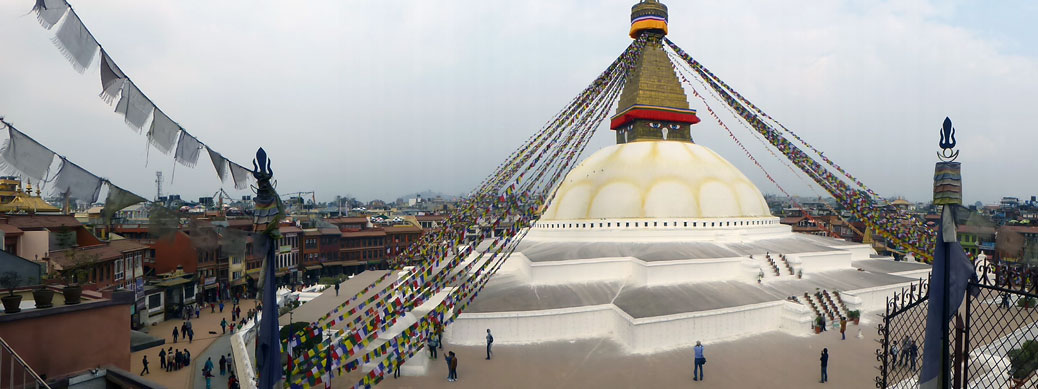
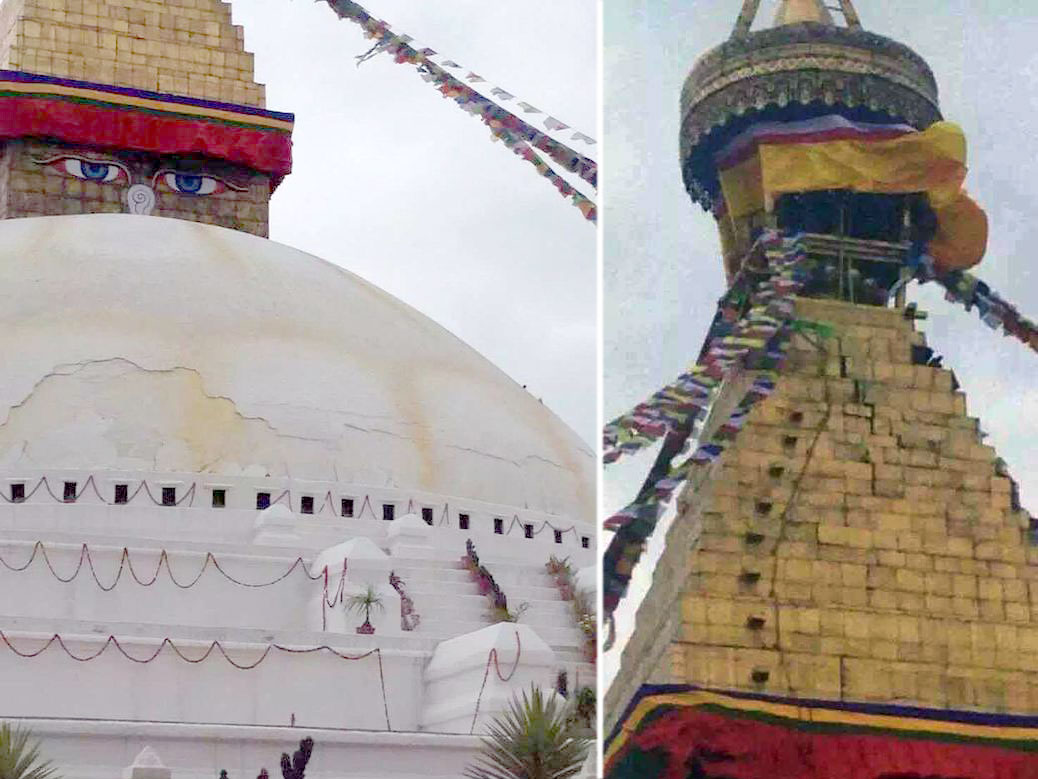
It’s a bit eerie now, looking through photos from our trip and reading the news coverage of the heartbreaking damage throughout the country. The stupa at Boudhanath, built shortly after the death of Lord Buddha, is the largest of its kind in the world. Buddha’s eyes can be seen from several vantage points all over Kathmandu. Today, the internet features images of large cracks in the 1,200-year-old stupa’s golden tower.
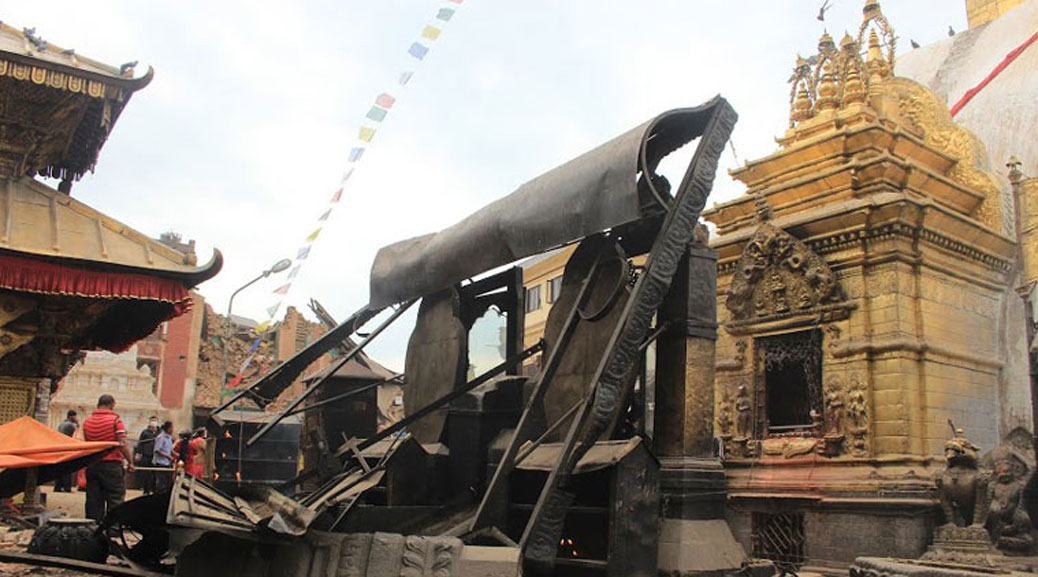
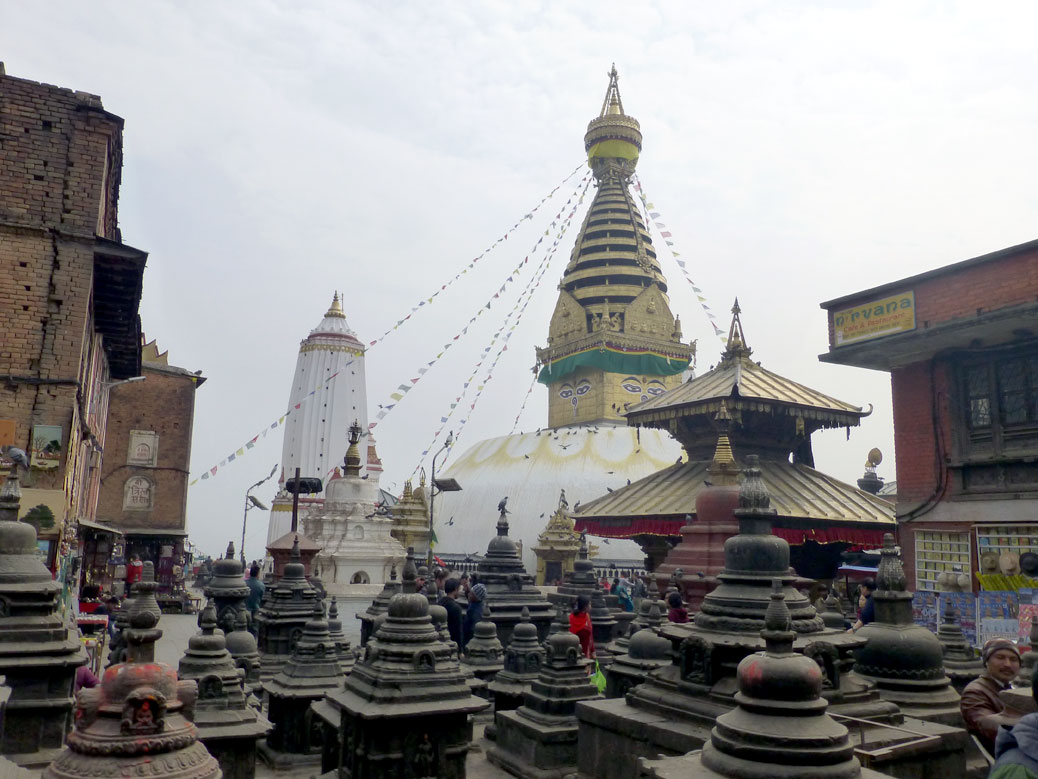
Swayambhunath, a 1,500 year old religious complex, sits atop a hilltop to in western Kathmandu. 365 stairs lead to the top and is a popular trek for religious pilgrims visiting the complex. Known as the Monkey Temple for the holy monkeys that inhabit the grounds, it’s a sacred site for both Buddhists and Hindus.
Several old brick buildings encompass the stupa, housing souvenir shops and residences for the monks living on the grounds. Amazingly, only one death has been reported in the Swayambhunath area. The brick buildings surrounding the stupa have been destroyed.
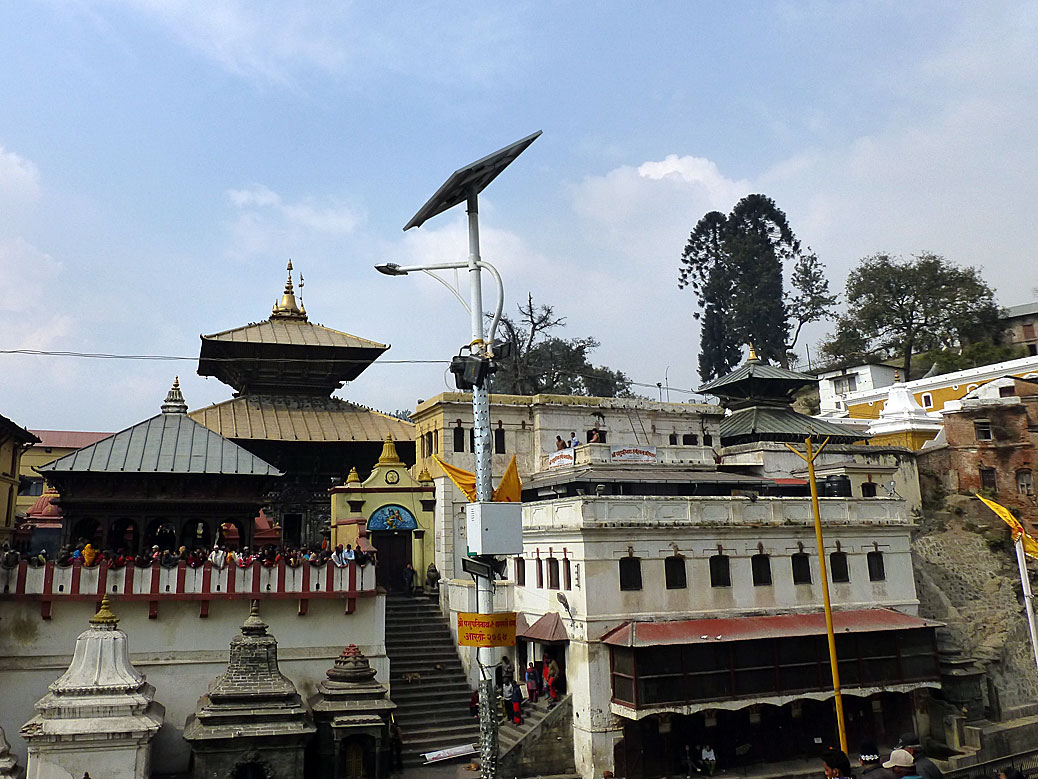
Karma’s sick and twisted sense of humor seems to have saved Pashupatinath Temple. Nepal’s answer to Varanasi, the sacred temple is open only to Hindus and Buddhists of Indian or Tibetan descent. Cremations take place all day inside the temple along the banks of the Bagmati River. Somehow, Kathmandu’s holy final resting place escaped Nepal’s deadliest earthquake in 80 years.
The spirit of the Nepalese people will get them through this difficult time, but Nepal is very much a developing country and will need a lot of help to get back on its feet. Rescue workers from all over the region arrived within hours of the quake and the international community is already hard at work on getting food and aid supplies into the country.
Please consider a donation to Mercy Corps or Public Radio International has a list of other charities who have been pre-vetted and are contributing to the relief effort on the ground.

